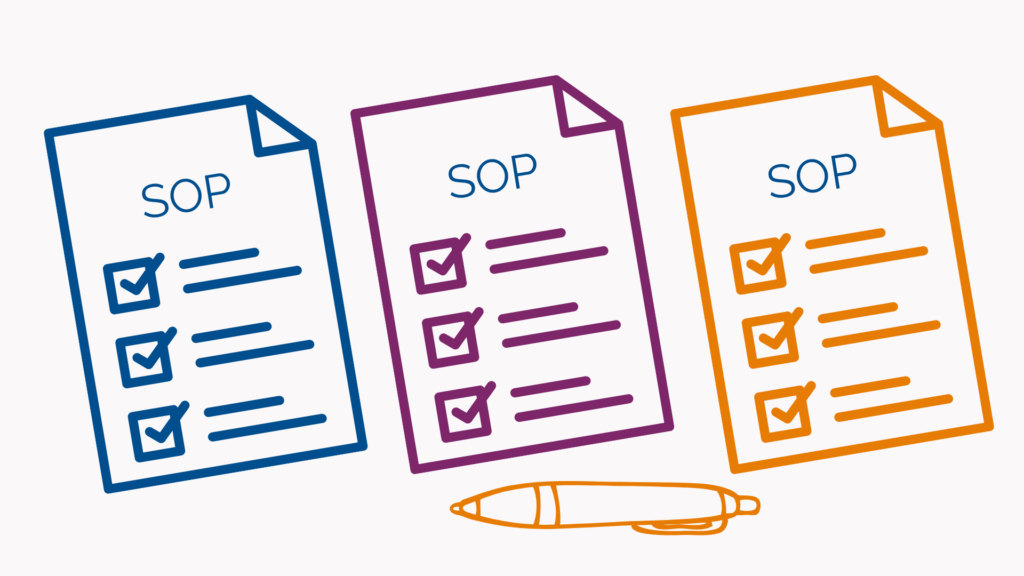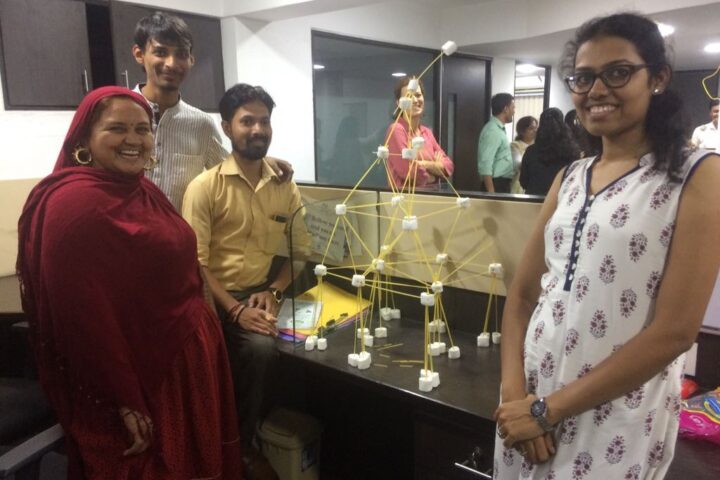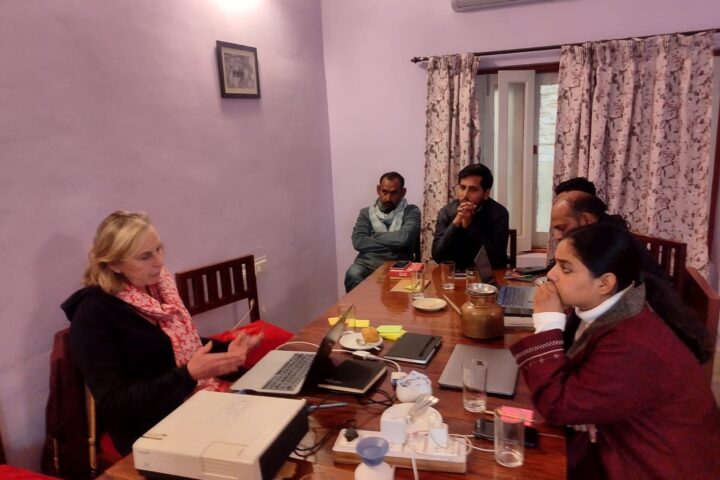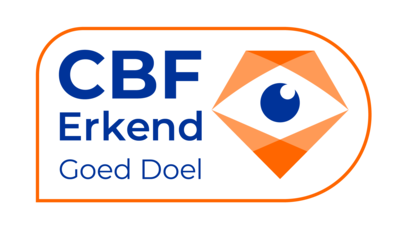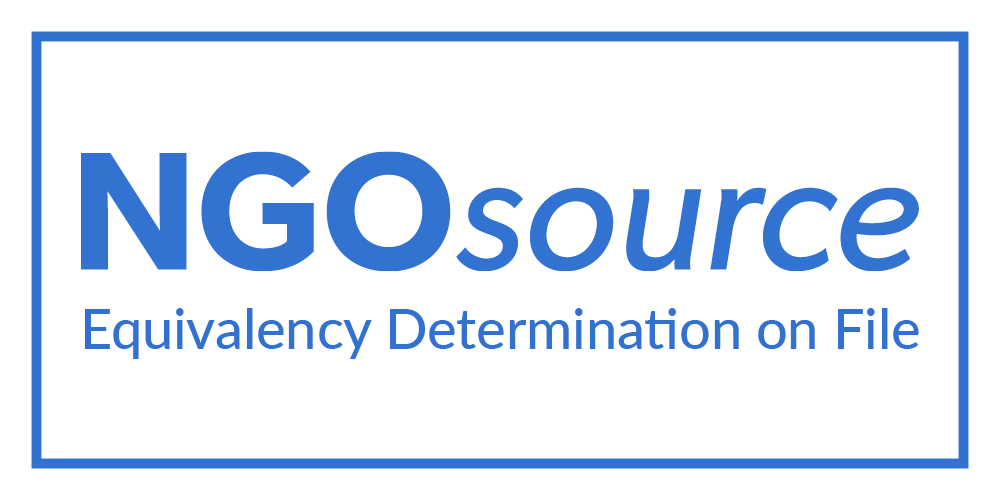Key takeaways
- Standard operating procedures (SOPs) will positively affect all levels of your organization and your partners
- Use a format that fits your organizational culture and values
- Think about your organization’s Why, How and Who for each SOP
- Regularly monitor and check the results of your SOP implementation to identify areas for improvement
Here is what Women on Wings supply chain and logistics expert Germaine van Teeffelen says about controlling the processes in a social enterprise and its benefits.
Does your social enterprise implement standard operating procedures (SOPs)?
In my work within procurement and growth-stage Indian social enterprises, I’ve seen some organizations face the challenge of keeping control of processes. This is a normal part of growth.
Expectations on output might differ from the actual results. This is especially true when hiring new staff, managing teams in remote areas, or changing working methods over time. Which can lead to management becoming disappointed.
One solution I suggest, whether it is with an agri-food business focused on milk, cotton or rice processing, is to make processes and required performance clear with the help of SOPs.
Implementing SOPs is not a one-person job though. The responsibility for SOPs should be felt from top to bottom. Training all staff and partners on new SOPs is a big part of the implementation process.
Best SOP practices to implement in your supply chain
SOPs can help your social enterprise maintain control of processes and improve consistency, efficiency, and scalability throughout your value chain. The following practices are based on lessons I have learned from successful supply chain management that also ensure sustainability, profitability while reducing waste and ensuring quality:
- Standardize your monthly forecasting processes and decision-making when there is seasonality or variability in supplies
- Define step-by-step handling practices for example for procurement, processing (i.e. cleaning, grading and sorting etc.) and packing
- Define clear logistics protocols for storage and transport, including timelines and data recording
- Create protocols for compliance monitoring with quality or environmental standards and certifications. For example checklists can be useful to remind staff. Do follow up.
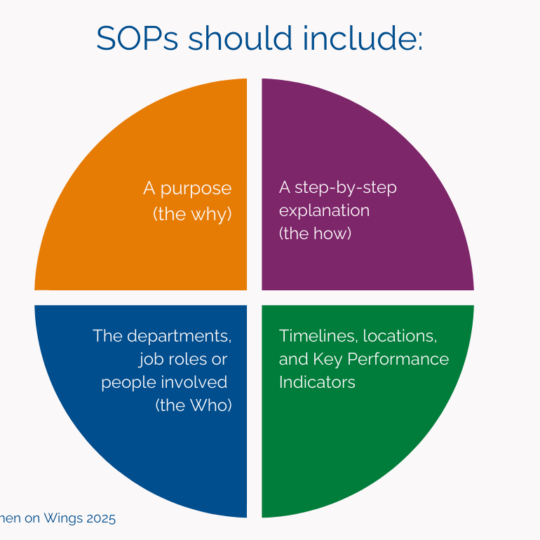
Elements of a standard operating procedure (SOP)
SOP content and formats
Organizations often ask me what the SOP should look like. There are many ideas or formats available online but most important is that the format fits the organizational culture and values.
It can be written in documents, diagrams, flowcharts but for your organization’s more visual learners it is useful to connect with pictures and videos. Most important is that you keep it simple, accessible and you involve the teams on the ground or remote teams in rural areas in creating the materials. The content of an SOP should include:
- A purpose (the Why)
- A step-by-step explanation (the How)
- The departments, job roles or people involved (the Who)
- Timelines, locations, and Key Performance Indicators can be mentioned as well
Management should be completely aligned with the SOPs and they should focus on the importance and quality of the output. After drafts are put up, they should be checked and approved by the management.
The training on the new SOPs to the relevant staff can start and be carried out in several ways. Since people are different and learn differently, e-learning, videos, games and multiple choice quizzes like Kahoot can be helpful to the implementation of SOPs.
Review SOPs to ensure their use
Last but not least, monitor and check the results. Make it your interest to know what is happening in your company. It is important to provide a framework to measure performance. If a procedure leads to inefficiencies, it needs to be adjusted or removed.
Rotate the people that will help you check if SOPs are still executed. Some procedures can become unnecessary over time, because of automation or other process improvements. Your company is continuously changing, so make sure your SOPs do not gather dust. Keep the SOPs alive as part of your company’s culture.
Germaine van Teeffelen is a Women on Wings logistics + supply chain management expert who consults Indian social enterprises and government institutions pro bono. She currently works at FarmTree BV and is Chairperson of Stichting African Child Foundation.
